When Anita Sethi moved into her flat, she discovered the owner had left behind a turntable and a treasure trove of vinyl. In the first of a new series about her exploration of the collection, she considers how music is about both discovery and reassurance
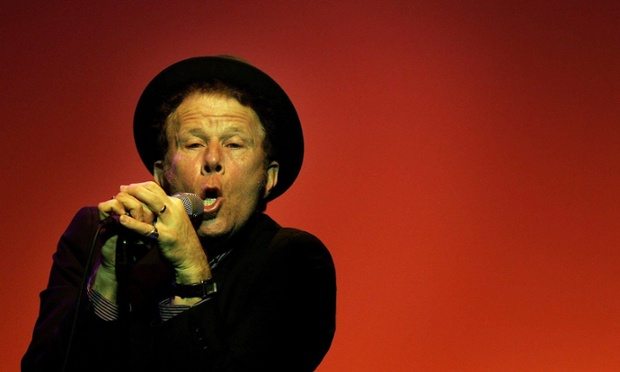
“There’s a place for us / Somewhere a place for us … Some day, somewhere / We’ll find a new way of living … of forgiving / Somewhere …” Tom Waits growls in his distinctive voice, both sure and reassuring that a new way of living is possible. These are lyrics that strike a deep chord, as I’m having to find a new way of living, too. I will soon leave my rented home, because the landlady is putting the rent up. And so I savour the sounds of Somewhere – a song originally composed by Leonard Bernstein with lyrics by Stephen Sondheim – from Waits’s album Blue Valentine. It infuses a sense of possibility that there is indeed a world elsewhere, beyond these rented rooms. “Somehow. Someday. Somewhere.”
The most beloved thing about my rented flat was the record collection and turntable left there by my landlady – they were too heavy to transport to her new home abroad. Now that I’m leaving, the collection (almost 400 records) is imploring me to listen to it more carefully. As the realisation dawned that I would soon be parted from the collection, my first reaction was grief – the records have grown to feel a part of me.
How to leave them behind physically while taking them with me, in mind and memory at least? By listening and relistening to them, so they imprint their musical fingerprints.
In the motley collection, Tom Waits rubs shoulders with Tchaikovsky, who nestles cheek by jowl with Marvin Gaye, Ella Fitzgerald and Cole Porter. Kraftwerk sits alongside Top of the Pops compilations; the Grease soundtrack jostles for space beside Schubert; Beyoncé leans against Billie Holiday; Chopin’s Nocturnes befriend the Cure. I love these juxtapositions. There is acid jazz, jazz, blues, soul, funk, indie, rock, reggae, R&B, classical and plenty of pop. There seems to be every possible instrument making sounds. I revel in it, barely leaving the flat and letting the music take me on various journeys. I particularly enjoyMidnight train to Georgia by Gladys Knight and the Pips, and how Waits’s Blue Valentine unfolds into haunting emotional journeys, how “rain washes memories from the sidewalks”.
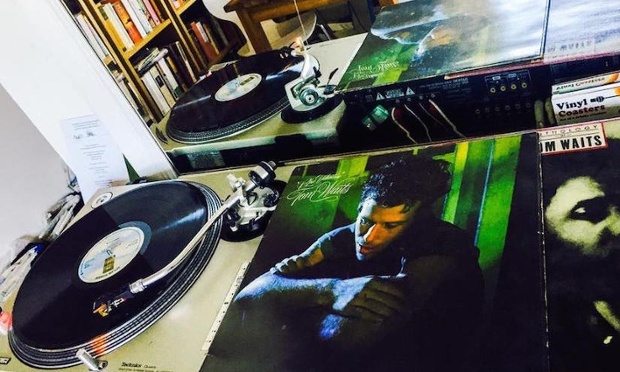
“Ah, that’s the DJ’s turntable of choice,” said a recent visitor, gazing in admiration at the silver-and-black Technics Quartz SL-1200 MK2. It is heavy, so heavy I can’t even lift it; little wonder my landlady decided against taking it abroad. But the experience of using it lightens the heaviness I’ve been feeling, lifts me, as I play record after record, in which I find a place of refuge and solace.
What is the best way to listen? Should I go for breadth or depth, try to cram in all of the records, or choose a few and listen closely? I fall in love with some songs so much that I don’t want to leave them; I want to linger in them, to stay and explore their echoes, to wander a little longer. I could happily listen to some on repeat all day, had I enough time.
I’ve been listening to old favourites, too. I’ve revelled in their familiarity. But now, since I’ll be leaving soon, I also get to know the strangers in the record collection. I originally intended to listen to the entire collection to expand my musical taste and knowledge, and now, owing to my impending departure, I’m finally getting round to doing so. I feel the tug of the hidden riches among the records. Letting go of the familiar and plunging into the unknown is exhilarating and disconcerting – much like leaving a familiar place.
I notice lyrics that are about searching for a home (“Heaven help the child who hasn’t had a home,” sings Stevie Wonder); about loss and yearning, about finding the strength to start again.
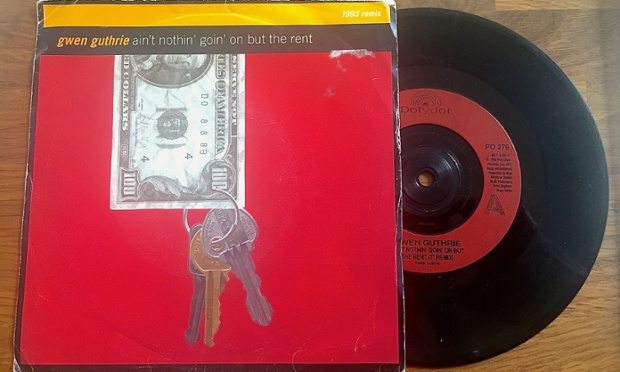
Members of “generation rent” can have an acute sense of instability. Our “homes” are not ours to have and own; we can be threatened with losing the roofs over our heads at any time. Listening to each song, I build my stock of musical memories. To listen to such a wealth of music is to be strengthened by it. And lo and behold, in a batch of 7in singles, I find a record called Ain’t Nothin’ Goin’ On But the Rent by Gwen Guthrie, with the refrain, “Nothing but nothing leaves nothing”.
A recent New Yorker cartoon satirised the resurgence of vinyl: “The two things that really drew me to vinyl were the expense and inconvenience,” ran the caption. It’s so inconvenient and expensive that I doubt I’ll be buying my own turntable until – some day, somewhere – I own a flat.
But other things draw me to vinyl. I love hearing the fizzing static of the needle in the groove, and seeing the disc spin from the corner of my eye. Having grown up in the era of cassettes and CDs, I love the purity and depth of the sound of vinyl. There’s the beauty of many of the covers, with striking artist portraits and images, some which are works of art in themselves. Indeed, part of my delay in getting round to listening to the unfamiliar records is because I spent so long admiring the covers.
My musical journey is a trip down memory lane as well as into unfamiliar terrain. Some songs I recognise from hearing them on the radio years ago, yet only now can I match those snatches of song to an artist and album. There are songs from before my time that feel timely. It’s like discovering a multitude of new friends and soulmates.
Over the next few weeks I’ll be chronicling the experience of what it’s been like to expand my musical taste, to really listen to music, old and new, from all corners of the globe. Someday, somehow, we’ll find a new way of listening.
I slip another record out of its sleeve, brush off the dust, place it on the turntable and wonder where it will take me next. It’s Sam Cooke. “C’mon and let the good times roll,” he sings.

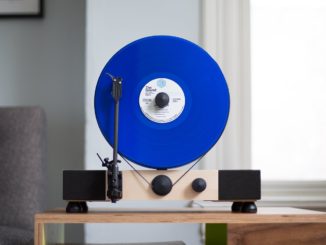
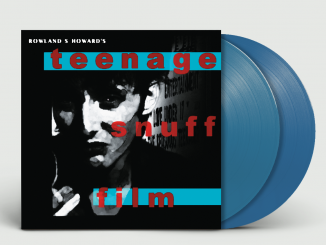

Anita, any true 80s soulboy or soulgirl will tell you the wonderful Gwen Guthrie actually sang, “nothing FROM nothing, leaves nothing”